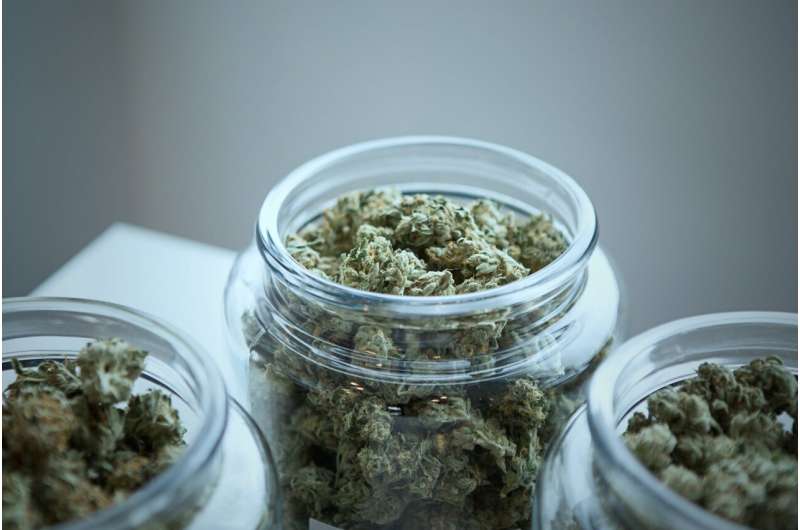Understanding Why Some Medical Cannabis Patients Use Illicit Products

A recent study explores the reasons behind why some medical cannabis patients in Utah turn to illegal products, highlighting cost barriers, information gaps, and health risks associated with unregulated cannabis use.
Since Utah introduced its medical cannabis program in 2020, the use of licensed cannabis products has steadily increased among patients seeking relief from challenging conditions such as chronic pain and post-traumatic stress disorder (PTSD). These patients can access regulated cannabis through a medical cannabis card, which permits purchase from authorized pharmacies. However, a significant number still turn to unregulated, illegal cannabis sources.
Research indicates that cost is a primary factor driving patients toward illicit products. Regulated cannabis often incurs higher prices due to costs associated with monitoring and regulation, making affordable, unlicensed cannabis more appealing—despite the health risks involved. Patients with chronic conditions, who often face employment challenges, are particularly vulnerable to this cycle. As Dr. Jerry Cochran explains, the dilemma creates a health disparity: patients may opt for cheaper street cannabis, risking exposure to contaminants like mold, pesticides, and heavy metals, which can worsen their health.
Lack of quality assurance means illicit cannabis products can have unpredictable levels of CBD and THC, and may contain harmful additives. Researchers emphasize that understanding these usage patterns is crucial for improving safety and accountability within the program.
Furthermore, access to accurate, unbiased information significantly influences patients’ choices. Data shows that patients who rely on official sources, such as the state’s website, are more likely to purchase legal cannabis. This highlights the importance of transparent communication from healthcare providers and authorities to promote safer use.
Addressing barriers like cost could improve access to regulated cannabis. For example, reducing expenses related to renewing medical cannabis cards may help patients avoid the risks associated with unregulated products. By identifying and lowering these hurdles, policymakers and healthcare providers can promote safer consumption practices and reduce reliance on illegal sources.
Overall, this study sheds light on the complex factors influencing cannabis use among patients and underscores the need for enhanced education, affordability, and quality control to ensure patient safety and improve health outcomes.
Stay Updated with Mia's Feed
Get the latest health & wellness insights delivered straight to your inbox.
Related Articles
Long-Term Cancer Control Strategies Show Significant Impact in Australia
Decades of persistent cancer control initiatives in Australia have prevented over 230,000 deaths, demonstrating the powerful impact of long-term prevention and early detection strategies.
Living Near Polluted Oceans with Microplastics May Heighten Risk of Heart and Metabolic Diseases
Living near microplastic-polluted oceans may significantly raise the risk of heart and metabolic diseases. A new study links high microplastic levels in coastal waters to increased rates of diabetes, heart disease, and stroke among residents.
How Dying Cancer Cells Reprogram Immune Cells to Support Tumor Growth
New research uncovers how dying cancer cells manipulate immune cells to produce signals that promote tumor growth, revealing potential targets for innovative treatments.



